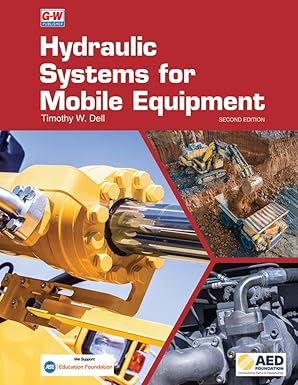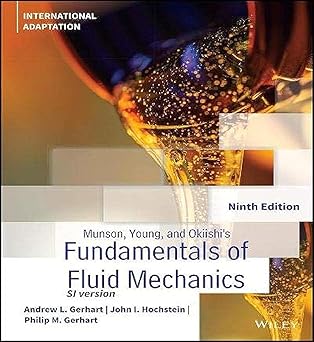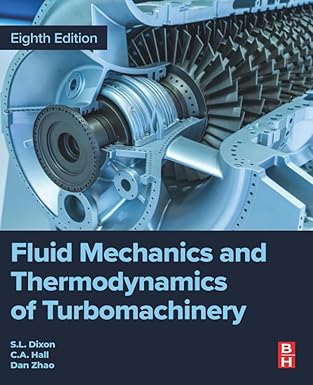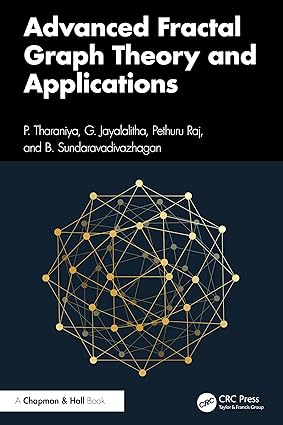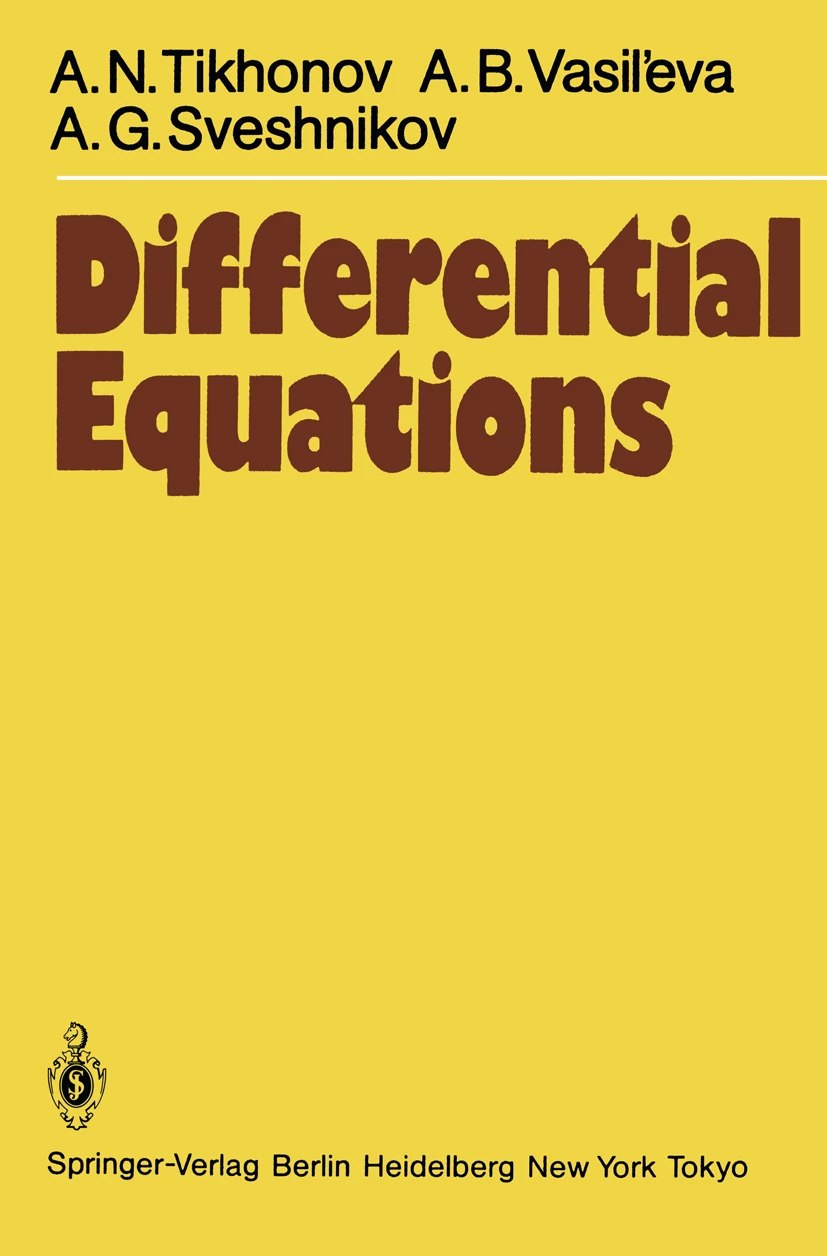دانلود کتاب Ullmann's Energy, 3 Volume Set: Resources, Processes, Products
Author:
Wiley-VCH
0 (0)
توضیحات کتاب :
This three-volume handbook contains a wealth of information on energy sources, energy generation and storage, fossil and renewable fuels as well as the associated processing technology
سرچ در وردکت | سرچ در گودریدز | سرچ در اب بوکز | سرچ در آمازون | سرچ در گوگل بوک
1,588 بازدید 1 خرید

